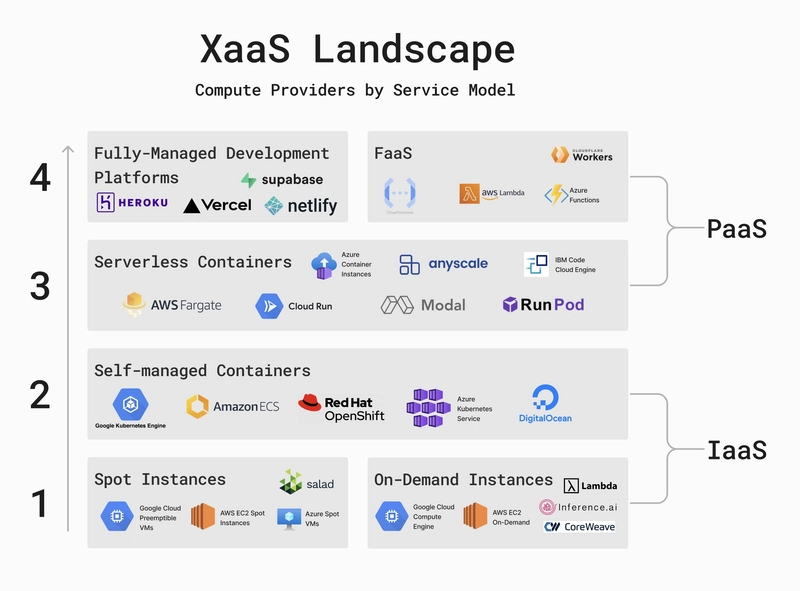Is anything Trump doing still popular?
When Donald Trump took office, he could reasonably claim to be popular — and to have an agenda that was popular, too. He had just won the popular vote and swept every battleground state. Key parts of his economic and domestic agenda were polling well. And his own personal popularity had never been higher — more […]


When Donald Trump took office, he could reasonably claim to be popular — and to have an agenda that was popular, too.
He had just won the popular vote and swept every battleground state. Key parts of his economic and domestic agenda were polling well. And his own personal popularity had never been higher — more than half the country viewed him favorably, something that wasn’t true his first time around.
The electorate believed he could (and desperately wanted him to) wrangle inflation and lower the cost of living. Dissatisfied with the level of migration during the Biden years, voters told pollsters they were okay with more aggressive action at the southern border and more deportations. Trump also spent the last year demonizing diversity, equity, and inclusion efforts, and voters expressed openness to his efforts to purge them from government and the private sector.
Slightly more than 100 days later, things look very different: On almost every issue where Trump had support, the public has turned against him. Very little that the president has done so far remains popular — including initiatives that were more popular earlier in his term.
Trump’s overall favorability has been sliding, particularly because of nosediving ratings on the economy, trade, and tariffs. (His polls slid after his “Liberation Day” tariff rollout.) Trump’s immigration agenda has also seen its popularity slip, particularly as the press and Democrats brought more scrutiny to his high-profile deportation cases.
That doesn’t mean the American people are completely rejecting everything Trump is doing or that the public necessarily disagrees with every position he takes. In some cases, Trump’s position may have more support than his execution.
Still, the popular turn against Trump demonstrates two things. First, Republicans face real political threats before midterm elections if the public mood stays sour. And second, these 100 days show the risk of overreading the public’s appetite for major change. In an era of nearly evenly divided electorates, small winning margins can mask how fickle public opinion really is. Elections, after all, are snapshots in time — and polarization kicks in fast.
What’s wholly unpopular
It’s easy to identify the areas where Trump’s presidential actions are most unpopular. His stewardship of the economy was once one of his and his party’s advantages, but the public no longer views it positively. Driving that reversal: the public’s confusion over and disapproval of his tariff policies.
It’s hard to overstate just how toxic Trump’s tariffs, their rollout, and their effects on economic confidence have been to the public’s trust in this administration. Just about every survey conducted after his “Liberation Day” announcements tracks a noticeable fall in his economic approval — and in his job performance overall. And averages of those surveys show a pretty steady drop-off that seems to have accelerated declines in how the public feels about inflation, taxes, and even immigration.
One item remains more positive for Trump than the rest of his trade policy so far: targeted tariffs on China, as a plurality of Americans view China as an adversary that benefits more from trade than the US. They approve of these at higher rates than tariffs on other trading partners. Among other things the public dislikes is the administration’s tiptoeing around whether it will ignore court rulings — and specifically the case of Kilmar Abrego Garcia, the Salvadoran migrant wrongfully deported to a prison in his home country. For example, a recent NPR/PBS/Marist College poll found that some 85 percent of American adults say they “strongly or somewhat agree” that Trump should obey federal court rulings. And while he says he’s obeying those rulings, it’s not totally clear, based on the legal fights underway, that his administration is actually doing its best to comply. Hence, a plurality, 49 percent, disapprove of how the administration is handling the Abrego Garcia case (35 percent approve).
The public also seems to think that the administration is going too far with Trump and Elon Musk’s efforts to reduce the size and spending of the federal government. Nearly three in five Americans think layoffs of the federal workforce have been too extreme, according to a Washington Post/ABC News/Ipsos survey conducted in April.
Then there are some unpopular targeted fights by the administration. Two-thirds of Americans disapprove of the longtime conservative efforts to shut down the Department of Education. Trump’s war on higher education — through federal funding cuts and direct pressure — rouses opposition from more than two-thirds of the public.
Still, the public seems to have stronger opinions of specific cases — of Abrego Garcia, the Department of Education, and fights with specific universities, like Harvard, than of the general ideas they represent. That dynamic suggests there are some bigger-picture ideas that are more nuanced.
What’s more of a mixed bag
There’s a handful of issues where the public seems to contradict itself: liking the overarching idea of what Trump is pushing but disliking the specifics, or Trump’s implementation.
For example, the public has now largely turned on Trump, Musk, and the early work of the Department of Government Efficiency. Yet the public still generally agrees with the idea that the federal government is too bloated and that government spending could be trimmed.
About six in 10 Americans routinely tell the Pew Research Center, for example, that “government is almost always wasteful and inefficient” — going as far back as Trump’s first term. That dynamic was true last year and seemed to be true during the first months of the second Trump term. As recently as March, nearly half of Americans said that the “idea” of DOGE made sense, per NBC News polling, and an overwhelming majority either thought that DOGE should continue “as more needs to be done” or that its work “is needed but should slow down to assess the impact.”
What changed was the presence of Elon Musk — largely viewed negatively and as having too much influence around the federal government — and the recklessness of DOGE’s work. The public has since turned sharply against these efforts.
A similar dynamic is at play with efforts to roll back diversity, equity, and inclusion initiatives in the government and in the private sector. DEI policies in general tend to divide the public: March NBC News polling found that Americans were essentially split in half over whether these policies are good for the nation.
Those opinions contextualize Trump’s early actions to cut back these policies. As recently as 2024, private sector workers were increasingly saying equity policies were a “bad thing.”
Opinions today, therefore, are mixed on Trump’s efforts: About half the country thinks he’s gone too far while a similar share thinks he’s “handling it about right” or “not going far enough,” per the ABC News/Ipsos poll in April.
What remains relatively more popular
Trump’s border and immigration policies are more popular than the rest of his agenda — for now. These issues were holding up his overall support over the last three months. Yet his standing has been damaged over the last month, in part by declining trust in his handling of other issues and in his presidency overall.
Here, opinions are also nuanced depending on how specific and detailed the questions pollsters ask of respondents are. For example, as Gallup research has found, pollster questions that specify if those being deported have criminal records tend to garner high majority support. Those that specify that deportations would involve separating children and families or target immigrants who came to the US as young children garner very low public support.
The trend has been negative: As views on Trump have gotten more negative and coverage of specific cases has increased and gotten more negative, views and judgments of Trump’s policy in this realm have also dropped.
Yet Americans still think Trump’s policies are producing some good results. Per the most recent CBS News/YouGov Poll, for example, nearly two-thirds of Americans think Trump’s policies are making migrant crossings drop. A slightly smaller share, though still a majority, also approve of Trump’s general “program to deport immigrants illegally in the US.” And this all matches the public’s general hostility to higher rates of immigration to the US over the last few years — which according to Gallup data, seems to still be the case.
That’s what makes the public’s turn against Trump on immigration different from his first term: They agree with the idea of immigration enforcement and restrictionism, but the Trump administration’s maximalist approach is unsettling. The CBS poll, for example, found hostility to mistaken deportations or detentions of legal US residents, and Trump’s handling of immigration policy, in turn, is now underwater. But that doesn’t mean the public is necessarily less anti-immigrant. The ABC News/Ipsos poll finds the public is nearly evenly split over whether Trump is going too far in deporting undocumented immigrants: While 48 percent think he has gone too far, a similar share think he is handling this issue about right or not going far enough.
Why is this happening? And will it last?
There are a few ways to explain these shifts against Trump. First, Trump’s election win was driven by new or first-time Republican voters who were dissatisfied with the conditions during the Biden presidency. Those conditions haven’t really changed since Trump took over, and these marginal voters might be swinging away from him. Making this swing worse is the administration’s maximalist approach to policy and overreading of the kind of support they had at the start of the term. That drastic shift and negative attention may be adding to a sense among some voters that the administration is moving too quickly and recklessly.
And in general, the pendulum of public opinion tends to respond negatively to incumbents as time passes.
That pendulum idea largely suggests that Trump and congressional Republicans will find it hard to recover majority support for the rest of his term.
Combined with the overall Trump-era trend of midterm and off-year electorates benefitting Democrats, it suggests that the 2026 congressional elections will look a lot like the 2018 elections about two years into Trump’s first term. Back then a blue wave swept suburban and battleground House districts, rendering Trump’s legislative agenda moot.






































































